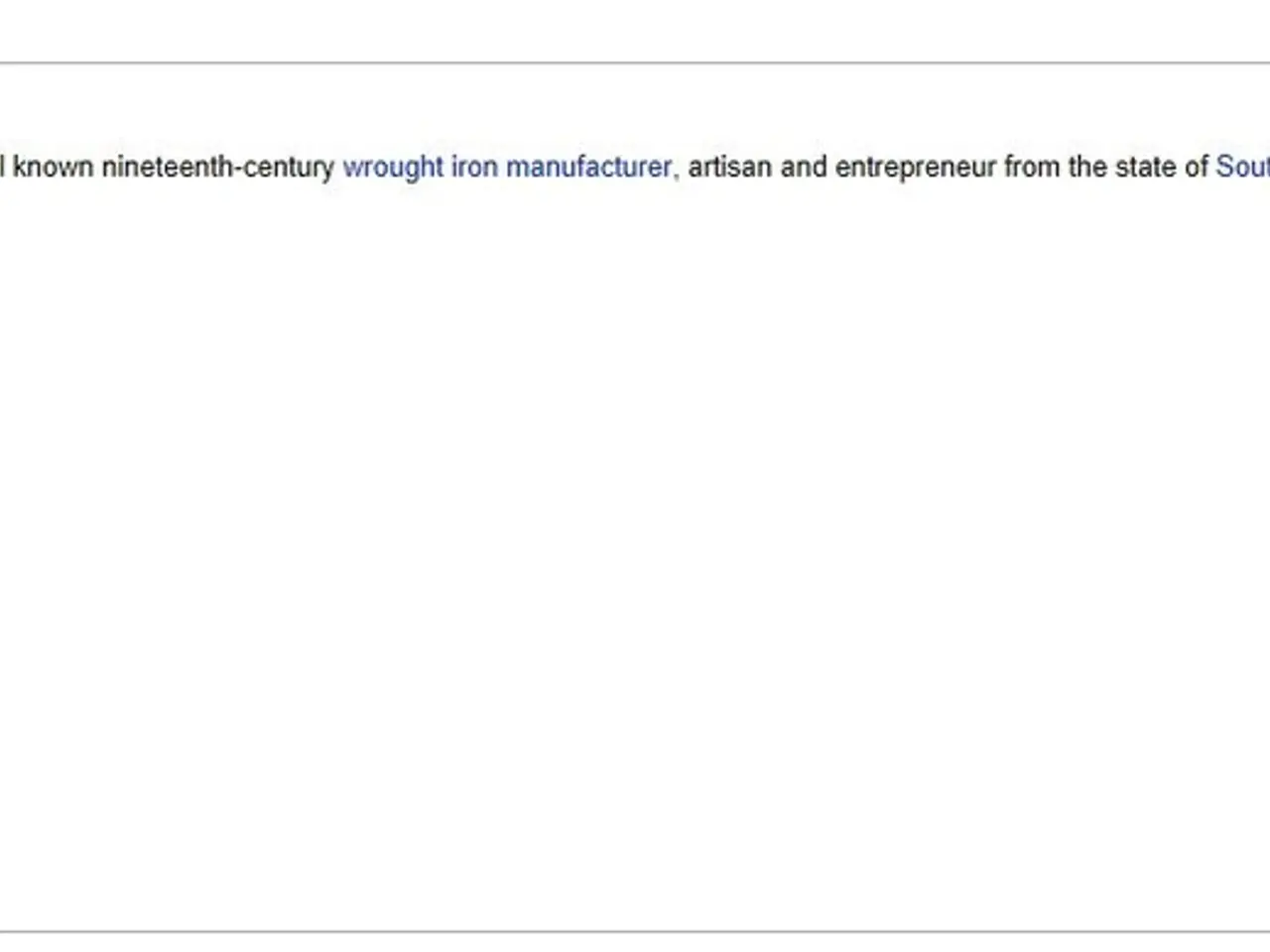Creative Engineer Behind Impressive Aviation Creations: Willy Messerschmitt
Willy Messerschmitt, a pioneering figure in the aviation industry, was born on June 26, 1898, in Frankfurt am Main, Germany. At the tender age of 13, Messerschmitt met glider plane pioneer Friedrich Harth, who had a significant impact on his life. The family later moved to Bamberg, where Messerschmitt's parents ran a wine shop.
Messerschmitt developed a passion for glider planes as a child and nurtured this interest throughout his life. After graduating from Munich Technical College in 1923, he started his career in aviation. During World War I, Messerschmitt worked on Harth's designs while the war was ongoing.
In the 1930s, Messerschmitt's company went bankrupt, but he managed to stay in business during the Nazi era and World War 2 through business agreements with Rudolf Hess and Hermann Goering. The ban on Germany producing aircraft was in effect until 1955, preventing Messerschmitt from manufacturing aircraft during that time. However, Messerschmitt returned to his company after serving his prison sentence and resumed producing aircraft after the ban was lifted. He retired from his company in 1970.
Messerschmitt's aircraft designs were technical achievements that addressed the challenges of high-speed, agile fighter planes, setting a standard for fighter design in WWII. His proposals and innovations influenced German aerial combat capabilities significantly, contributing to Germany's air power during the war. The Bf 109, designed by Messerschmitt, became one of the most produced and iconic fighters of WWII, recognised for its performance, agility, and versatility in various combat roles.
In 1939, Messerschmitt's design for the Messerschmitt Bf 109 won a contest coordinated by the Reich Aviation Ministry and became one of the main aircraft models for Luftwaffe. Messerschmitt's aircraft designs were a testament to his pioneering spirit and his contribution to the aviation industry.
Willy Messerschmitt died in Munich on September 15, 1978, at the age of 80. His impact on aviation was through his pioneering of advanced monowing fighter designs that shaped military aviation during the conflict and influenced post-war aircraft development.
Willy Messerschmitt's pioneering aircraft designs played a significant role in shaping aviation history, particularly during World War II. His contribution to the aviation industry extended beyond the war, influencing post-war aircraft design through advances in monoplane fighter technology. Despite facing financial challenges and political difficulties, Messerschmitt's innovative spirit was evident in the aerospace technology he cultivated in his designs, transforming the landscape of the industry.








